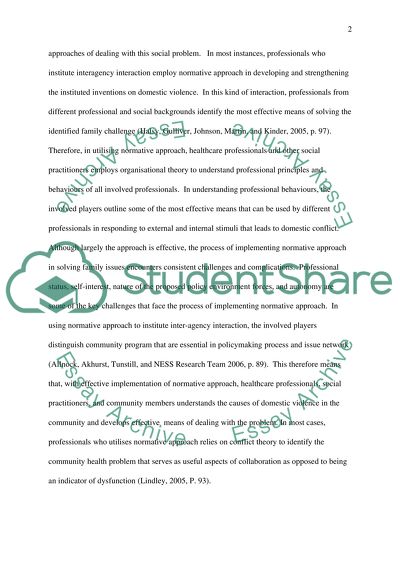Cite this document
(“Multi agency work Essay Example | Topics and Well Written Essays - 1500 words”, n.d.)
Retrieved from https://studentshare.org/health-sciences-medicine/1473168-multi-agency-work
Retrieved from https://studentshare.org/health-sciences-medicine/1473168-multi-agency-work
(Multi Agency Work Essay Example | Topics and Well Written Essays - 1500 Words)
https://studentshare.org/health-sciences-medicine/1473168-multi-agency-work.
https://studentshare.org/health-sciences-medicine/1473168-multi-agency-work.
“Multi Agency Work Essay Example | Topics and Well Written Essays - 1500 Words”, n.d. https://studentshare.org/health-sciences-medicine/1473168-multi-agency-work.


